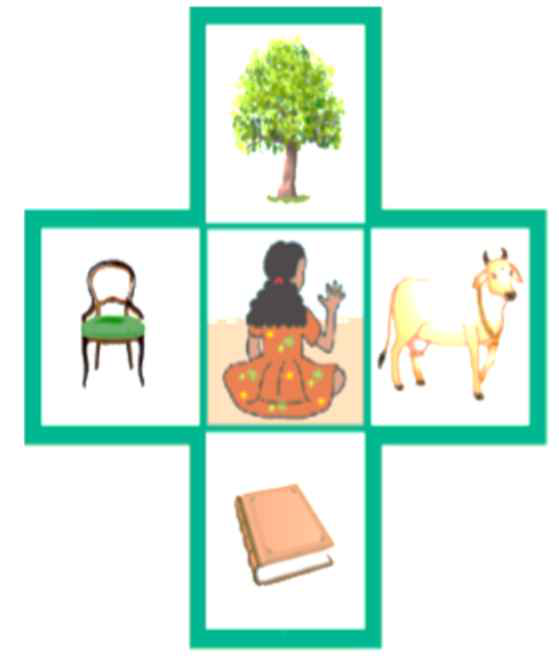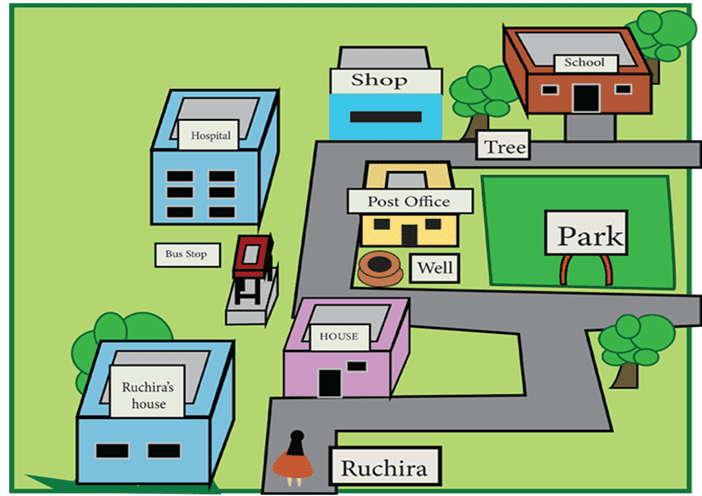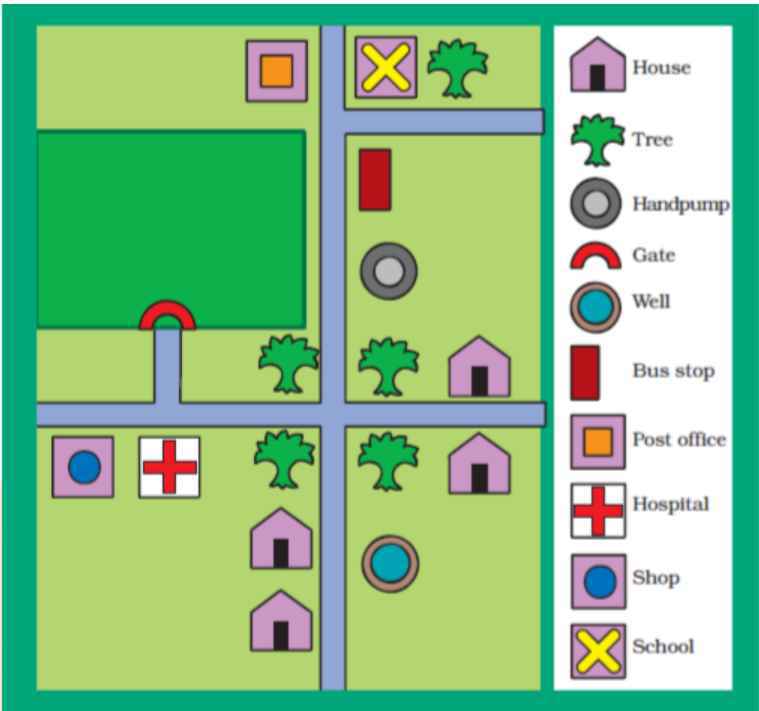Evs Class 3 Chapter 22 Questions and Answers - Free PDF Download
FAQs on NCERT Solutions For Class 3 Evs Chapter 22 Left Right - 2025-26
1. How Can I Download the NCERT Class 3 EVS Chapter 22 Solution?
It is an easy and hassle-free process. You can log into your account on Vedantu, and access the study materials available on Vedantu. The solutions are given in PDF format. You can download the solutions and go through them at a convenient time.
2. In the NCERT Class 3 Chapter 22 EVS, How Many Times Ruchira Has to Take a Turn on Her Way from Home to School?
Ruchira has to take a turn five times on her way from home to school.
3. How Many Chapters are there in NCERT Class 3 EVS Book PDF?
There are a total of 24 chapters in NCERT class 3 EVS book. The environmental education book helps students to develop a healthy relationship with nature and the environment. It helps us to understand every aspect of the environment better be life physical, cultural or social.
4. Why Should You Follow NCERT Books for Studying EVS in Class 3?
NCERT books abide completely by the CBSE syllabus and course curriculum. They are extremely important and we’ll as easy to comprehend. They also give a detailed description of the environment and help students to develop a skill of thinking. They teach students the importance of preserving and conserving environmental resources as well as other social aspects of life.
5. How can Ruchira reach school?
Ruchira must get out of her house and take a right turn, then she should take a left turn followed by another left turn. On reaching the bus stand, she could either take a bus or walk to her school. She must go straight until she reaches the end of the road. After reaching the hospital, she must take a right. On moving forward, she would reach her school, which will be on the left.
6. How can she reach the park?
She must take a left turn from her house followed by a right turn. On walking straight for some time, she would find a tree opposite to the handpump. She must keep walking for some time and eventually on reaching the main road, she would find the park. The park is comparatively nearer to her house than her school. Her school is a bit far away from her house. More solutions regarding such questions can be found on the Vedantu site.
7. How can Ruchira reach the hospital?
Once Ruchira reaches the park, she can very easily reach the hospital, which is a bit farther away from the post office. Facing the park, she must take a left. She must keep walking until she reaches the bus stop. On reaching the bus stop, she must take a right and keep going straight, and she will soon reach the hospital.
8. Why are symbols used?
In maps, symbols are used to depict or identify real things or qualities because maps are a simplified depiction of the world. Symbols are employed to ensure that a person can readily read a map while associating it with the actual world. It is comparatively easier than drawing real objects again and again. Even drawing an identical representation is very hard.
9. Why do we use cross symbols for hospitals in Class 3
The Red Cross sign is used in hospitals and by doctors to help us identify them since the colour red is typically associated with danger. The red cross, red crescent, and red crystal are all protective symbols. The caduceus is the official symbol of the medical profession. It is widely accepted and is very easily recognisable. Hence, we use the cross symbol for medical institutions. Furthermore, you can find the NCERT Solutions of this chapter on Vedantu.




























